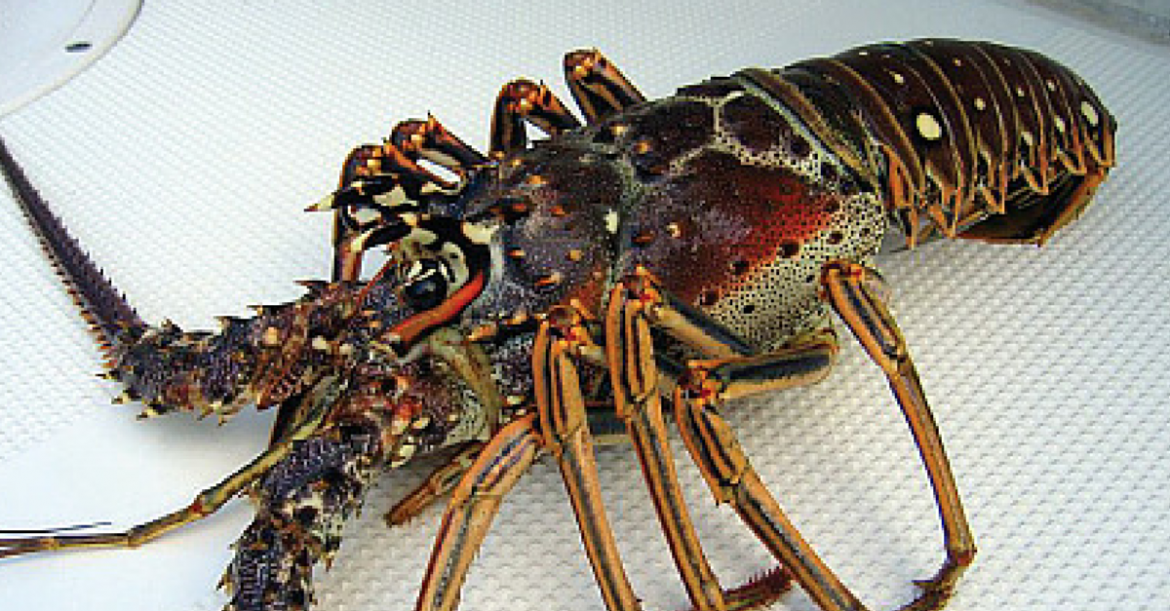Americans, we love lobster—but do we ever stop to think about where our lobster comes from? I thought they were trapped in lobster pots, but that’s not always the case. A lot of buzz has been circulating as under cover reports reveal that cheap lobster is coming at a high cost. Demand is higher than ever and prices are dropping, so much so that the lives of Honduran lobster divers are in serious danger.
Lobster fishing off the Honduran Caribbean is a source of livelihood—often the only source—but also a source of death and injury. Not only the lack of safety regulations, but the demand for low cost lobster has left nearly half of the Miskito Indian lobster divers physically disabled.
According to a recent article from the Tierramerica News Service (IPS), in 2002, according to sources of the Honduran Central Bank, lobster exports brought in 31 million dollars in state revenues. Most are sold to the U.S. restaurant chain Red Lobster, whose spokesman assures that the company purchases only trap-caught lobsters, not dive-caught, but recent media coverage tells a very different story.
IPS also reported that a study by the Honduran special ombudsman for ethnic groups and cultural heritage, sponsored by the Inter-American Development Bank (IDB), based in Washington, found that there are 4,200 divers—of the 9,000 populating the area—living with injuries. The working conditions of these lobster fisherman violate the most basic safety regulations of professional diving, say the authors of the study.
The Miskito Indian divers who are the first link in the supply chain have moved farther and farther out to sea as stocks vanish in shallow waters. They descend to depths of 100 to 120 feet, repeatedly diving and resurfacing, pushed by poverty to ignore all the safety rules. A few die every season; many more are paralyzed by decompression sickness, commonly known as the bends. They dive with old, faulty equipment with no warning that their air supply is running low and they do not decompress on the way up.
Compression sickness occurs when a diver ascends too fast and nitrogen in the bloodstream that is normally expelled by the lungs forms bubbles. The bubbles can lodge in the joints or along the spinal cord, causing paralysis. A bubble that reaches the brain causes an arterial gas embolism, which can be fatal.
In the hyperbaric chamber, the atmospheric pressure is raised to what the diver would experience underwater and then reduced over several hours as the diver breathes oxygen through a mask, allowing the nitrogen to be expelled.
Many of the injured divers have spent days on a boat after becoming sick because captains are reluctant to lose money by returning to shore. Dr. Mejía who runs a modest local clinic treats these deep-sea lobster divers. He has a small hyperbaric chamber and has shown that, contrary to standard medical thinking, it is possible to cure patients even after a delay.
According to an article on NYTimes.com Sept 2011, during a two-week fishing trip, Miskito divers make as many as 12 to 16 dives a day — no more than two are recommended at that depth — to scrabble for a catch that earns them about $3 a pound. (On a productive trip, they may catch as much as 100 pounds of lobster, but they must pay expenses that total about 40 percent.)
Aside from the drug trade, most Honduran Miskito Indians have no other way of making a living. They live in a region so remote that it is reached only by sea or air, and they are among the most neglected inhabitants of an already poor country. Even though injury and death face these divers on a daily basis, after they leave Dr Mejía’s clinic, they go right back to lobster diving. For these men, there is no other option.
According to Dr. Mejía the only way to avoid the deaths and the injuries is to shut down the lobster diving completely, but you can’t do that unless you can provide alternative ways for these men to earn a living. And, once the lobster is shipped to the US, it’s almost impossible to know exactly where and how it was caught. A dilemma that is costing lives and unfortunately, there is no easy answer. For now, a spotlight is shining on the problem and we can all ask the question…where did that lobster come from?
 Food
Food Farmers
Farmers Sustainable Living
Sustainable Living Living Planet
Living Planet News
News